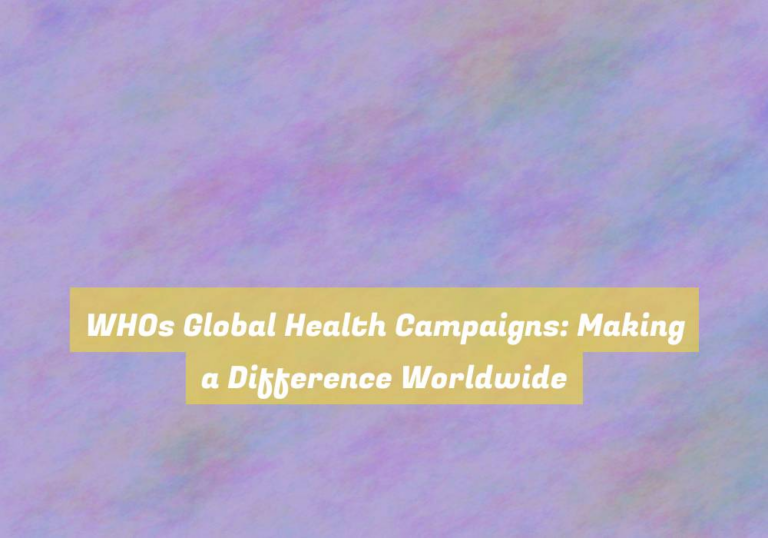Nutritional Traditions Globally: A Health Explorers Guide
As you embark on the journey of exploring global nutritional traditions, think of it as unraveling a tapestry woven with diverse flavors, cooking techniques, and cultural significance. Each thread represents a unique tradition, and every bite tells a story of heritage and health.
From the streets of Mexico to the villages of Japan, the world is a treasure trove of culinary wisdom waiting to be discovered. Get ready to experience the richness of traditions that have stood the test of time and continue to offer valuable insights into the intersection of food, culture, and well-being.
Origins of Nutritional Traditions
The origins of nutritional traditions can be traced back to the earliest human civilizations, where food and dietary practices were closely tied to cultural beliefs and environmental resources. In these ancient societies, people relied on locally available foods and developed culinary techniques that were influenced by their surroundings. For example, coastal communities often centered their diets around seafood, while those in fertile regions focused on cultivating grains and vegetables. Additionally, cultural and religious beliefs played a significant role in shaping dietary customs. Many early civilizations had rituals and ceremonies associated with food, and certain foods were considered sacred or forbidden.
As societies evolved, so did their nutritional traditions. Trade and exploration led to the exchange of culinary practices and the introduction of new ingredients. This cultural exchange enriched and diversified diets across different regions. Over time, nutritional traditions became intertwined with social customs, shaping the way people gathered, prepared, and consumed meals.
Today, these ancient origins continue to influence dietary habits and the way we approach nutrition. Understanding the historical roots of nutritional traditions provides valuable insights into the cultural significance of food and its impact on human health.
Key Ingredients and Cooking Methods
As you explore the key ingredients and cooking methods of nutritional traditions, youG??ll discover how ancient customs and environmental resources have shaped culinary practices. From the vibrant spices of Indian cuisine to the use of fresh seafood in Japanese dishes, each cultureG??s key ingredients reflect its unique geographical and historical influences. Cooking methods also play a crucial role in preserving the nutritional value of ingredients. Whether itG??s the slow simmering of stews in European traditions or the quick stir-frying of vegetables in Asian cooking, the methods used are often a result of available resources and cultural preferences.
Key ingredients often include staples such as grains, legumes, meats, and vegetables, but itG??s the unique way in which these ingredients are combined and prepared that sets each tradition apart. For instance, the use of coconut milk in Southeast Asian dishes adds richness and depth, while the practice of marinating meats in Middle Eastern cuisine tenderizes and infuses them with a multitude of flavors.
Understanding the key ingredients and cooking methods of different nutritional traditions canG??t only enhance your culinary skills but also provide insight into the diverse cultures and histories that have shaped these practices.
Cultural Significance and Festive Foods
Exploring cultural significance and festive foods allows you to delve into the heart of a communityG??s traditions and celebrations. Food plays a pivotal role in cultural festivities, often embodying the history, values, and beliefs of a community.
In many cultures, festive foods are steeped in symbolism, representing prosperity, good luck, or the harvest season. For example, in China, dumplings are a staple during the Lunar New Year, symbolizing wealth and prosperity due to their resemblance to ancient Chinese gold ingots. Meanwhile, in Mexico, tamales are a cherished dish during Christmas, with each family adding their own unique touch to the recipe, symbolizing unity and togetherness.
These festive foods arenG??t just nourishment for the body, but also for the soul, carrying deep emotional and cultural significance. When you partake in these traditional dishes, you arenG??t just eating; youG??re immersing yourself in centuries of history and tradition, forging a connection with the community and gaining a deeper understanding of their values and celebrations.
Health Benefits and Modern Relevance
Delving into the health benefits and modern relevance of traditional festive foods can provide valuable insights into how these culinary traditions align with contemporary nutritional practices. Many traditional festive foods are inherently nutritious, offering a range of health benefits that are increasingly relevant in todayG??s society.
For example, dishes often centered around whole grains, lean proteins, and an abundance of fruits and vegetables, which are consistent with current dietary recommendations. Additionally, the emphasis on using fresh, locally-sourced ingredients aligns with the modern movement towards sustainable and organic eating practices.
Furthermore, traditional festive foods often incorporate a variety of herbs and spices that not only enhance the flavor of dishes but also contribute to their health-promoting properties. For instance, many spices have been shown to have anti-inflammatory, antioxidant, and antimicrobial effects, which are particularly valued in contemporary nutrition for their potential to support overall health and well-being.
Conclusion
As you explore nutritional traditions globally, remember that these diverse practices have rich origins, key ingredients, and cooking methods that hold cultural significance.
Embracing these traditions can also bring health benefits and a sense of connection to the past.
By incorporating these traditional foods and cooking methods into your modern lifestyle, you can continue to enjoy the delicious flavors and reap the health benefits of these age-old practices.
Happy exploring and happy eating!






Your exploration of global nutritional traditions brings to mind the profound connection between food and culture, a relationship that has evolved significantly over the centuries. The metaphor of a tapestry is particularly apt, as it encapsulates not only the variety of flavors but also the richness of stories that are often intertwined with the practices surrounding them.